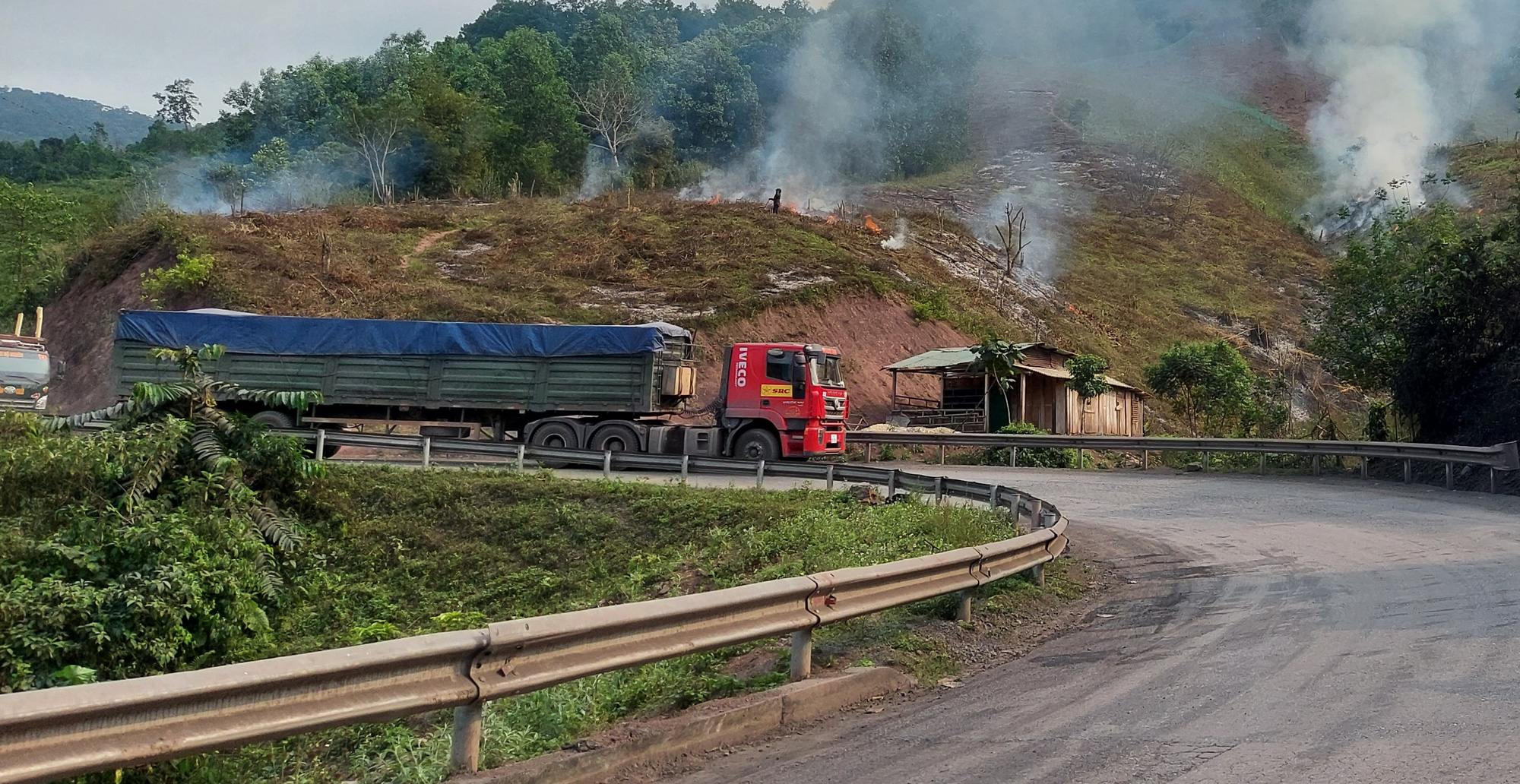The People’s Committee of Quang Tri said on Tuesday it had submitted a proposal to the prime minister suggesting the construction of a cross-border coal conveyor to streamline the transportation of coal from Sekong and Salavan Provinces in Laos to the central Vietnamese province.
The coal conveyor will be constructed over two stages, according to the proposal.
In the first phase, the investor intends to build a five-kilometer-long conveyor belt with a capacity of 6,000 metric tons per hour in the La Lay international border gate area, spanning the border between Vietnam and Laos.
In the second stage, the coal conveyor line will be extended for another 160 kilometers, linking the coal mines in the southern Lao provinces of Sekong and Salavan to the My Thuy seaport in Quang Tri’s Hai Lang District.
This subsequent development is expected to significantly enhance the capacity, increasing it by 1,500-6,000 metric tons per hour.
Specifically, the segment in Laos spans 85 kilometers from the coal mines to the La Lay border gate.
The Vietnamese section covers a distance of 75 kilometers, starting from the border gate and ending at the seaport.
The overall investment estimate for the Quang Tri section is projected to be VND10.8 trillion (US$460 million).
The coal reserves in Sekong and Salavan Provinces approximate one billion metric tons, as per available information.
The transportation requirements for supplying coal to Vietnam for both domestic consumption and export through intermediary nations are estimated to range between 20 and 30 million metric tons annually.
However, the infrastructure at the La Lay international border gate lacks synchronization, particularly a centralized facility for goods gathering and inspection for both imports and exports.
This leads to frequent congestion, posing risks to security, traffic safety, and resulting in environmental pollution.
In mid-May, delegations of border experts from both countries carried out an on-site assessment and reached a consensus to propose the authorization for investments in coal conveyor belts to their respective governments.
Like us on Facebook or follow us on Twitter to get the latest news about Vietnam!





















































